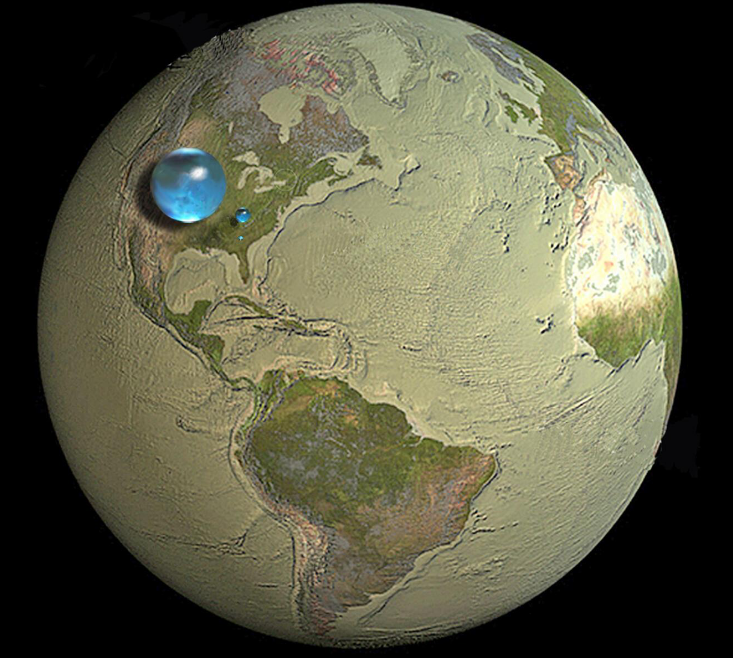About This Lesson
This report presents a detailed lesson plan designed to help 4th-grade students grasp the immense scale and disproportionate distribution of Earth's components. The central concept involves transforming abstract scientific data into a tangible, miniature model of the planet. By using familiar, relatable objects, the lesson bridges the chasm between a child's lived experience and the astronomical scale of the planet's mass and volume. The core of the plan is the "Planet in a Cup" model to provide a simplified mental framework, along with everyday objects that have the same relative size ratio as the planet's components; A basketball to represent the Solid Earth and a series of smaller objects from a golf ball for all liquid water to the tip of a pencil for all biomass. To represent the relative sizes of other planetary components. This approach is intended to make complex scientific data intuitive, memorable, and profoundly impactful. The lesson is built around three primary learning objectives: enabling students to describe relative scale using physical analogies, explaining the distribution of life on Earth, and applying the concepts of mass, volume, and proportion in a hands-on context.







